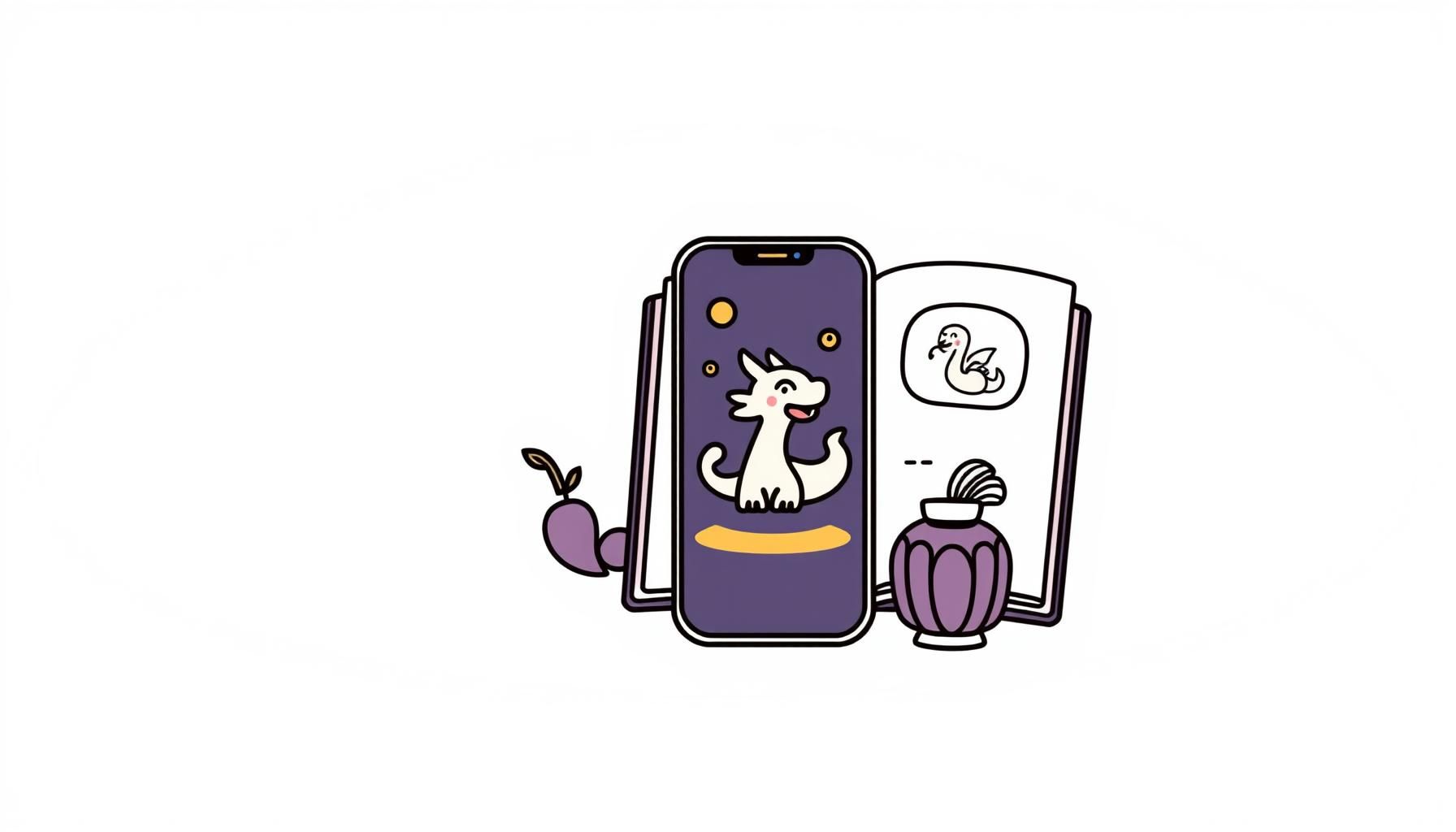
Create AI Storybooks in 5 Minutes—Spark Your Child’s Imagination!
Last week my seven-year-old announced, “Appa (that’s ‘Dad’ in Korean!), I need a story about a dragon who only eats purple kimchi!” Ten minutes later we were snuggled on the couch flipping through a brand-new picture book starring Kimchi the Dragon, illustrated in watercolor pastels that looked straight out of a dream. The trick? Google Gemini’s fresh Storybooks feature. No fancy software, no midnight graphic-design panic—just a phone, a playful prompt, and that electric spark in her eyes when she saw her own imagination come alive. In this post I’ll walk you through exactly how we did it, sprinkle in some hard-won dad wisdom on keeping tech in its proper place, and share tiny tweaks that turn one story into a whole library of giggles.
How Do AI Storybooks Spark Magic in Kids?

Stories have always been our family’s love language. When my daughter was tiny, we’d fold laundry while making up tales about sock puppets on secret missions. Now that she reads on her own, the hunger for bigger worlds has only grown. Gemini’s new tool hands her the paintbrush to co-author instead of just consume—she types a prompt, chooses an art style, and watches the pages bloom. The magic isn’t in the pixels; it’s in the ownership. She sees her quirky ideas taken seriously, and that confidence spills into everything else: suddenly math homework feels like another puzzle to crack, not a chore. This sidekick tool lets kids be bossy little authors—so fun!
Quick dad tip: After the first story prints out, we stage a tiny “book launch.” Three stuffed animals, a plate of sliced apples, and she reads her masterpiece aloud. The applause is deafening—confidence level: skyscraper.
Five-Minute Walkthrough: From Prompt to Printed Pages

Here’s how to turn wild ideas into pages faster than you can say “kimchi bubbles”!
Step 1 – Spark: Ask your kid for one wild ingredient. Dragon? Space hamster? Time-traveling tteokbokki cart? Anything flies.
Step 2 – Prompt: In Gemini AI, type something like: “Create a 6-page illustrated kids’ story about a dragon who only eats purple kimchi and learns to share. Gentle tone, Studio Ghibli style.”
Step 3 – Polish: Gemini returns text and images. We tweak colors together (“More lavender!”) or add a line about Grandma’s secret recipe.
Step 4 – Print: Home printer on cardstock, fold-and-staple, done. Total elapsed time: less than five minutes.
Step 5 – Play: We act out one scene before bedtime—today she was Kimchi the Dragon breathing harmless bubbles of cabbage joy.
If the first draft feels off, treat it like cookie dough: remix! Add a new character, change the setting to our local park, or switch art styles from watercolor to comic panels. Each iteration teaches her that creativity is iterative, not instant perfection.
How to Keep AI Storytime Human and Balanced

Handing an AI the crayon box is thrilling, but balance keeps it healthy. Our three simple rules for AI storybooks:
1. Screen Sandwich: AI time is the yummy middle—five minutes of prompting—book-ended by real-world play (drawing extra scenes with markers) and snuggly reading together.
2. Curated Choices: I pre-select art styles so she isn’t overwhelmed by endless scrolls. Think of it like laying out two shirts instead of the whole closet.
3. The Gratitude Pause: After each Gemini story we name one thing we couldn’t have done without AI (fancy castle backdrop) and one thing only humans bring (her goofy dragon giggle sound effect). Keeps tech humble and hearts grateful.
The other night she asked if AI could tuck her in. I grinned, “Nope—that’s my favorite job.” Some things stay gloriously analog.
How to Expand One Story into Endless Adventures

A single prompt can sprout sequels faster than kimchi ferments. Last month’s dragon now has cousins who run a bubble-tea stand on Mars (prompt tweak: “add sci-fi night market”). We bundle four micro-stories into a quarterly ‘zine’—she designs the cover with stickers while I staple. Relatives receive them as surprise mail; cousins video-call back with dramatic readings. Suddenly our living room feels like a tiny publishing house fueled by giggles.
Bonus learning sneaks in: she counts pages for pagination (math!), chooses color schemes (art theory lite!), and records audio versions (public-speaking practice!). All voluntary, all joyful – proving educational AI can be a springboard, not a crutch.
Looking Ahead: Skills They’ll Pack for Tomorrow

Every Gemini storybook is also ninja-level practice for the world ahead. Crafting prompts teaches clarity—she’s learning to ask better questions than most adults I know at work. Choosing art styles flexes aesthetic judgment; editing dialogue builds empathy (“How would Kimchi feel here?”). Most importantly, she sees technology as a partner, not a bossy oracle or scary overlord.
I picture her at fifteen facing some new tool we can’t even spell yet. Because she practiced steering AI with kindness and creativity early, odds are she’ll greet that future with curiosity instead of fear—and maybe design a comic that helps other kids feel brave too.
For now, I’ll keep refilling the printer paper and cheering every ridiculous purple kimchi bubble that floats off the page.
Source: How to Create AI StoryBooks with illustrations in Gemini, Techviral, 2025-08-10
